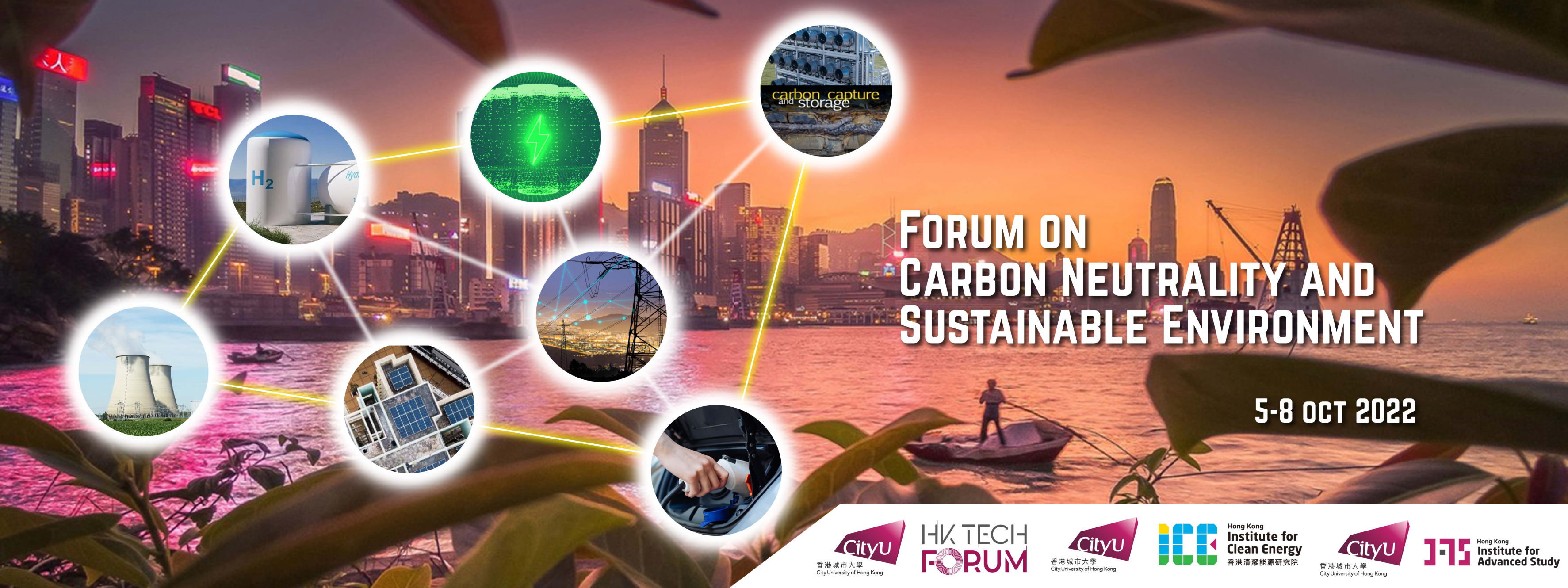Invited Speaker
Biography
Angus Hin-Lap Yip joined the Department of Materials Science and Engineering and School of Energy and Environment at City University of Hong Kong as Professor in 2021. He also serves as the associate director for Hong Kong Institute for Clean Energy since 2022. He is an elected member of the Hong Kong Young Academy of Sciences. From 2013-2020, he was a Professor in the State Key Laboratory of Luminescent Materials and Devices (SKLLMD) and the School of Materials Science and Engineering (MSE) in South China University of Technology (SCUT). He got his BSc (2001) and MPhil (2003) degrees in Materials Science from the Chinese University of Hong Kong (CUHK), and completed his PhD degree in MSE in 2008 at the University of Washington (UW), Seattle. His research focuses on the use of an integrated approach combining materials, interface, and device engineering to improve both polymer and perovskite optoelectronic devices. He has published more than 270 scientific papers with citations over 33000 and a H-index of 94. He was also honored as ESI “Highly Cited Researcher” in Materials Science for eight times from 2014-2021.
Molecularly Engineered Interfaces in Metal Halide Perovskite Semiconductors and Optoelectronic Devices
Hin-Lap Yip1,2,3
Abstract
Over the past few years, organic-inorganic hybrid perovskites have emerged as a new class of solution processable semiconductor for many optoelectronic applications, such as solar cells and LEDs. Their electronic, electrical and optical properties can be controlled by tuning their compositions and crystal structures. In this talk, I will discuss how to control the dimension and nanostructure of perovskites by introducing small molecules and polymers with tailored functional groups that can strongly interact with the perovskite crystals (Fig.1). Using such strategy, we have developed very stable quasi-2D perovskite solar cells[1] with much improved stability and efficiency as well as highly efficient blue[2] and white[3] emitting perovskite LEDs. I will also discuss how to lean on the experience in interface engineering for organic solar cells and design new electron and hole transport conjugated polymer materials with proper interfacial properties to provide surface defeat passivation functionality and improve the charge collection efficiency of perovskite solar cells,[4-6] as well as organic/perovskite tandem solar cells.[7]

Figure 1: Schematic illustration of the two types of interfaces that can be molecularly engineered in perovskite optoelectronic devices.
References
[1] Q. Yao, H.-L. Yip, et al, Adv. Mater. 2020, 32, 2000571
[2] Z. Li, H.-L. Yip, et al, Nat. Commun. 2019, 10, 1027
[3] Z. Chen, H.-L.Yip, et al, Joule, 2021, 5, 456
[4] J. Tian, Q. Xue, H.-L. Yip, et al, Adv. Mater. 2019, 31, 1901152
[5] J. Wang, Z. Zhu, H.-L. Yip, A. K.-Y. Jen, Nat. Commun. 2020, 11, 177
[6] T. Niu, Q. Xue, Y. Li, H.-L. Yip, et al, Joule., 2021, 5, 249
[7] Y. Xue, Q. Yao, H.-L. Yip, et al, Adv. Funct. Mater., 2022, 32, 2112126

